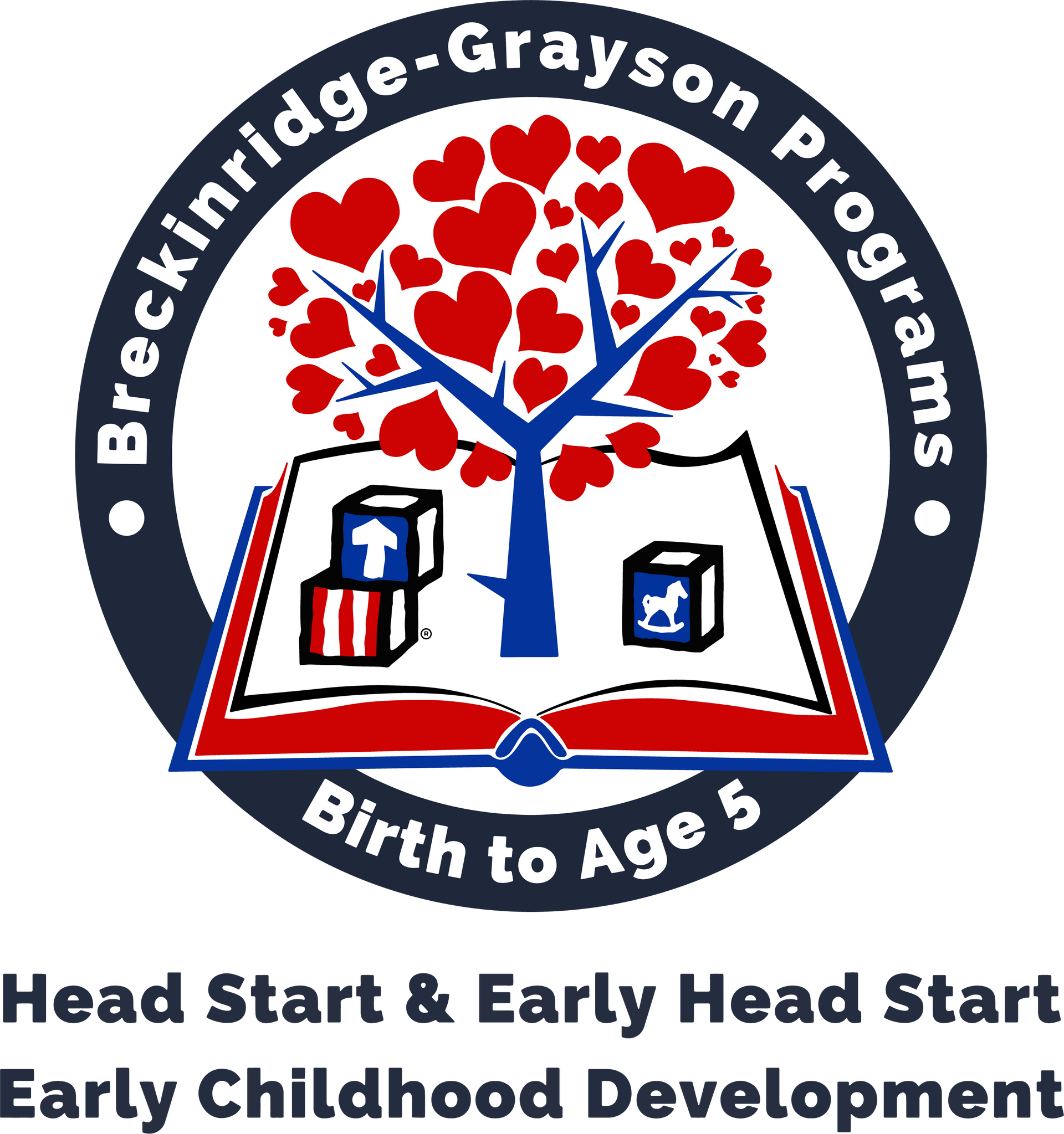The History of Head Start and Early Head Start
In January of 1964, President Lyndon B. Johnson declared “The War on Poverty” in his State of the Union speech. Shortly thereafter, Sargent Shriver took the lead in assembling a panel of experts to develop a comprehensive child development program that would help communities meet the needs of disadvantaged preschool children. Among these experts were Dr. Robert Cooke, a pediatrician at John Hopkins University, and Dr. Edward Zigler, a professor of psychology and direct or of the Child Study Center at Yale University.
Part of the government's thinking on poverty was influenced by new research on the effects of poverty, as well as on the impacts of education. This research indicated an obligation to help disadvantaged groups, compensating for inequality in social or economic conditions. Head Start was designed to help break the cycle of poverty, providing preschool children of low-income families with a comprehensive program to meet their emotional, social, health, nutritional and psychological needs. A key tenet of the program established that it be culturally responsive to the communities served, and that the communities have an investment in its success through the contribution of volunteer hours and other donations as nonfederal share. Dr. Edward Zigler, who had served on the planning committee to launch Project Head Start, was appointed Director of the Office of Child Development. In 1977, under the Carter administration, Head Start began bilingual and bicultural programs in about 21 states. Seven years later, in October 1984 under the Reagan administration, Head Start's grant budget exceeded $1 billion. In September of 1995, under the Clinton administration, the first Early Head Start grants were given and in October of 1998, Head Start was reauthorized to expand to full-day and full-year services.
Head Start was most recently reauthorized again in 2007, under the George W. Bush administration, with several provisions to strengthen Head Start quality. These include alignment of Head Start school readiness goals with state early learning standards, higher qualifications for the Head Start teaching workforce, State Advisory Councils on Early Care and Education in every state, and increased program monitoring, including a review of child outcomes and annual financial audits. The Head Start training and technical assistance system was redesigned to support programs through six National Centers and a state-based system to ensure success.
The statute also included a provision that regulations be promulgated to move programs from an indefinite project period to a five-year grant cycle. Programs would be required to demonstrate they are of high quality or a competitive grant opportunity would be made available within the community. In 2009, under the Obama administration, the American Reinvestment and Recovery Act added more than 64,000 slots for Early Head Start and Head Start programs.
Head Start has served more than 30 million children since 1965, growing from an eight-week demonstration project to include full day/year services and many program options. Currently, Head Start is administered by the Administration for Children and Families (ACF) in the Department of Health and Human Services. Head Start serves over a million children and their families each year in urban and rural areas in all 50 states, the District of Columbia, Puerto Rico and the U.S. territories, including American Indian, Alaska Native, and Migrant and Seasonal communities.
Currently, Head Start programs promote school readiness of children ages birth to 5 from low-income families by supporting their development in a comprehensive way.
Head Start and Early Head Start programs offer a variety of service models, depending on the needs of the local community. Many Head Start and Early Head Start programs are based in centers and schools. Other programs are located in childcare centers and family childcare homes. Some programs offer home-based services that assigned dedicated staff who conduct weekly visits to children in their own home and work with the parent as the child's primary teacher.
More than 50 years ago, Head Start began as a program for preschoolers. Today 3- and 4-year-olds make up more than 80 percent of the children served by Head Start programs each year. Early Head Start (EHS) was created to serve pregnant women, infants, and toddlers. EHS programs are open to the family until the child turns 3 and is ready to transition into Head Start or another pre-K program. Just recently, many EHS programs have been funded to partner directly with existing infant and toddler childcare programs, resulting in higher quality services to all children enrolled in the child care program.
Head Start programs support children's growth and development in a positive learning environment through a variety of services, which include:
• Early learning: Children's readiness for school and beyond is fostered through individualized learning experiences. Through relationships with adults, play, and planned and spontaneous instruction, children grow in many aspects of development. Children progress in social skills and emotional well-being, along with language and literacy learning, and concept development
• Health: Each child's perceptual, motor, and physical development is supported to permit them to fully explore and function in their environment. All children receive health and development screenings, nutritious meals, oral health and mental health support. Programs connect families with medical, dental, and mental health services to ensure that children are receiving the services they need.
• Family well-being: Parents and families are supported in achieving their own goals, such as housing stability, continued education, and financial security. Programs support and strengthen parent-child relationships and engage families around children's learning and development.
Delivered through 1,700 agencies in local communities, Head Start and Early Head Start programs provide services to over a million children every year, in every U.S. state and territory, in farm-worker camps, and in more than 155 tribal communities. Head Start programming is responsive to the ethnic, cultural, and linguistic heritage of each child and family.
Breckinridge-Grayson Programs, Inc. began serving Head Start children in 1965 in Grayson and (a portion of) Breckinridge Counties. The program served children 3-5 years of age. Years later, the agency identified Grayson County as its service area and relinquished enrollment for Breckinridge County to the Breckinridge County Public School System. About 1967 the agency began serving 0-3 age children in the federally funded Parent-Child Center program in both Grayson and Breckinridge counties. This program operated on a 2 day per week schedule for families attending, Monday-Tuesday and Wednesday-Thursday. Teachers planned and received training on Friday. Parents were required to attend with their child(ren) and offered a variety of learning opportunities. Home Based services were provided for some Head Start families during the 80’s.




